Optimal Timing for Concrete Repairs
Concrete repairs are most effective when performed under suitable weather conditions. Temperature, humidity, and precipitation significantly influence the curing process and the longevity of repairs. Ideally, repairs should be scheduled during dry periods with moderate temperatures to ensure proper bonding and curing.
Spring offers moderate temperatures and lower humidity, making it an ideal time for concrete repairs. It reduces the risk of rapid temperature fluctuations that can affect curing.
While summer provides warm weather, high temperatures and direct sunlight can cause rapid drying, leading to cracking. Proper planning and protective measures are necessary.
Fall typically presents cooler, stable weather conditions. It allows sufficient time for repairs to cure before winter temperatures set in.
Cold temperatures slow down curing and can cause freeze-thaw damage. Repairs are generally discouraged during freezing conditions unless special precautions are taken.
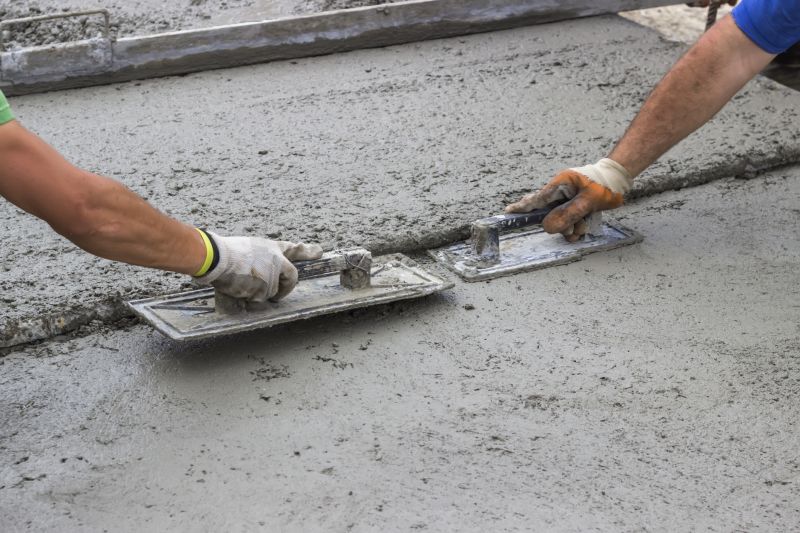
Ways to make Concrete Repairs work in tight or awkward layouts.

Popular materials for Concrete Repairs and why they hold up over time.
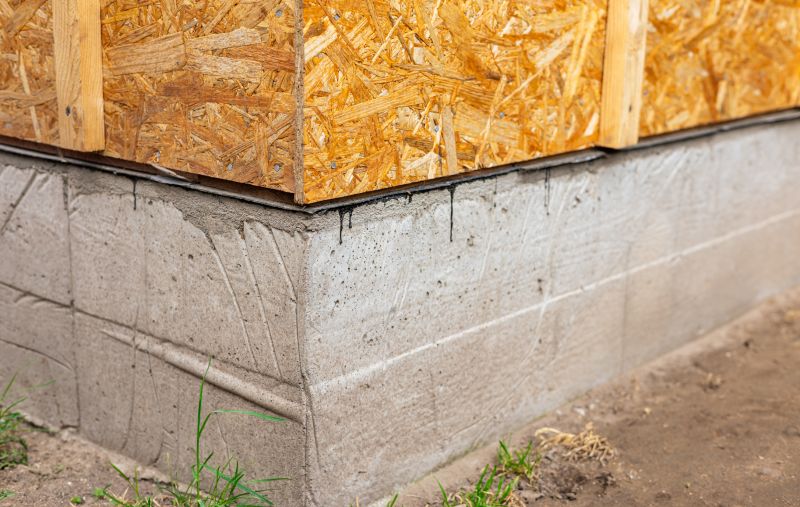
Simple add-ons that improve Concrete Repairs without blowing the budget.
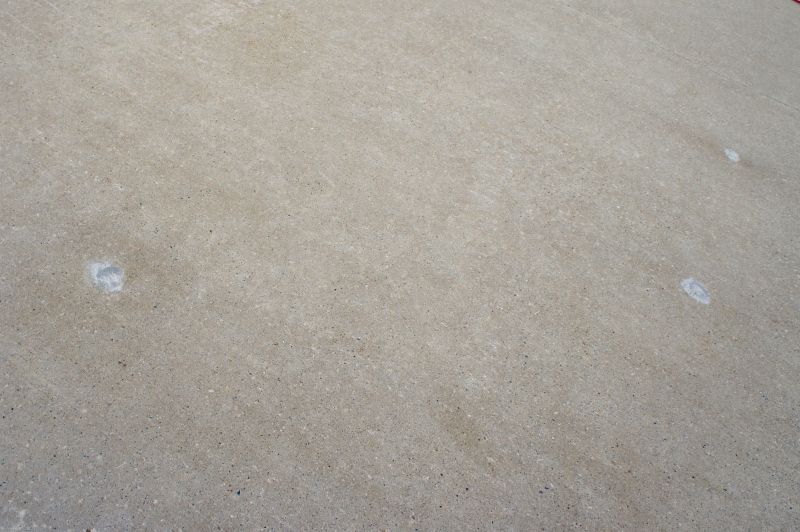
High-end options that actually feel worth it for Concrete Repairs.
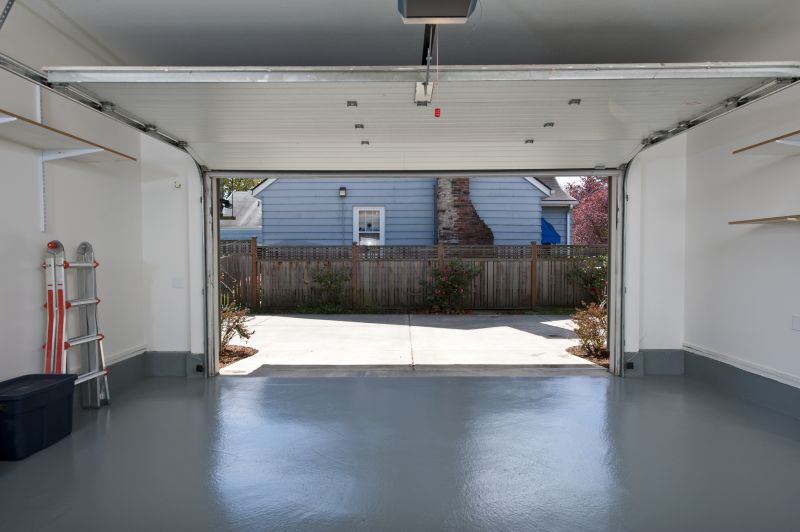
Finishes and colors that play nicely with Concrete Repairs.
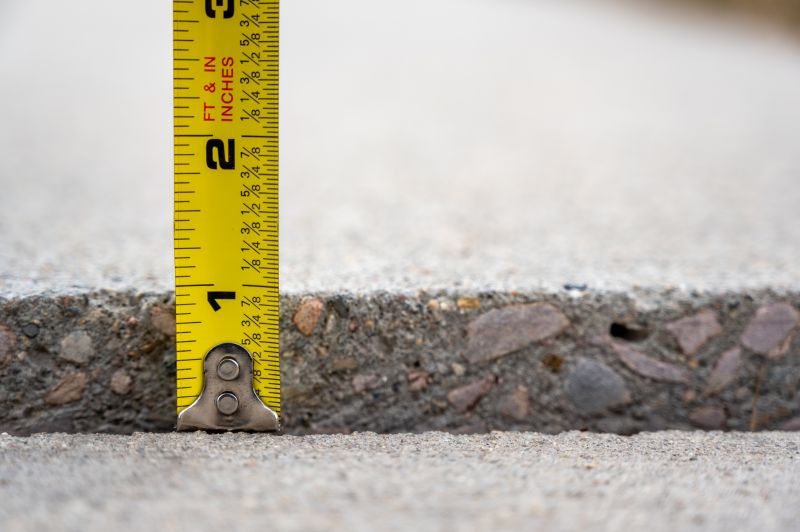
Little measurements that prevent headaches on Concrete Repairs day.
| Season | Best Practices |
|---|---|
| Spring | Perform repairs during dry, moderate temperatures for optimal curing. |
| Summer | Use protective coverings to prevent rapid drying and cracking. |
| Fall | Schedule repairs early enough to allow curing before cold weather. |
| Winter | Avoid repairs during freezing conditions unless specialized methods are used. |
Concrete repairs are essential for maintaining structural integrity and appearance. Proper timing ensures the durability of repairs and prevents future issues. Weather conditions play a crucial role in the success of concrete restoration projects, impacting curing time and adhesion. Statistics indicate that repairs done during optimal weather conditions last longer and reduce the need for frequent maintenance.
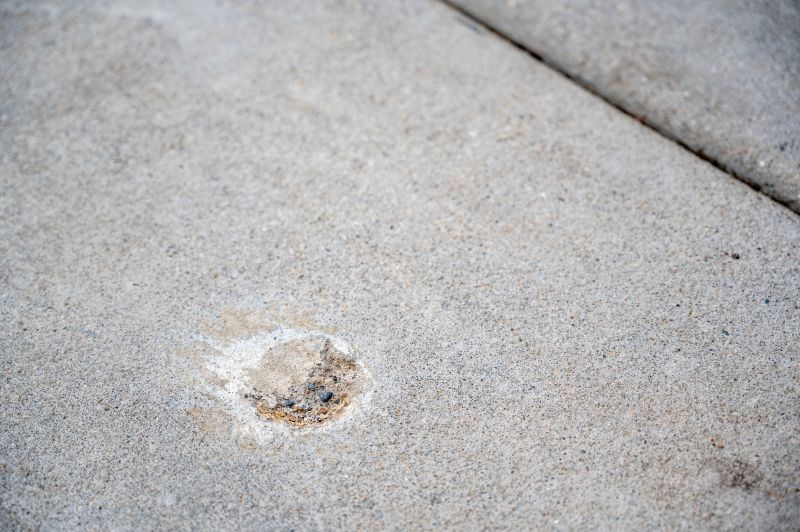
A 60-second routine that keeps Concrete Repairs looking new.
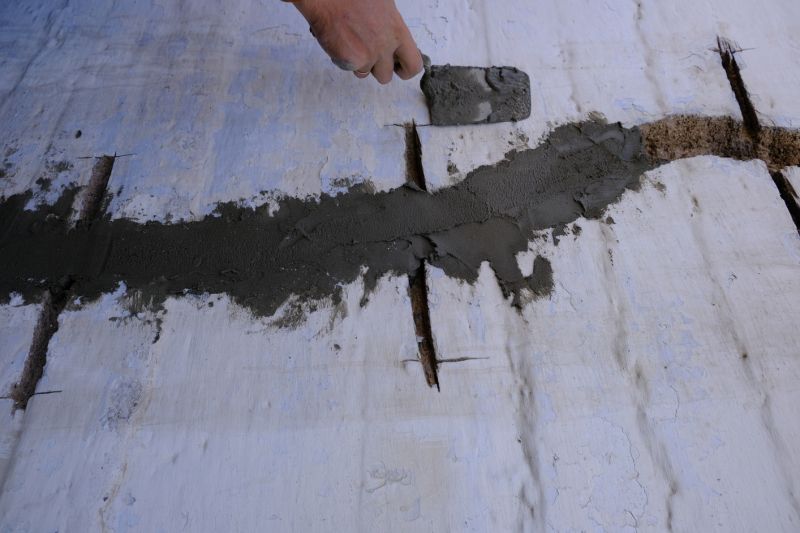
A frequent mistake in Concrete Repairs and how to dodge it.
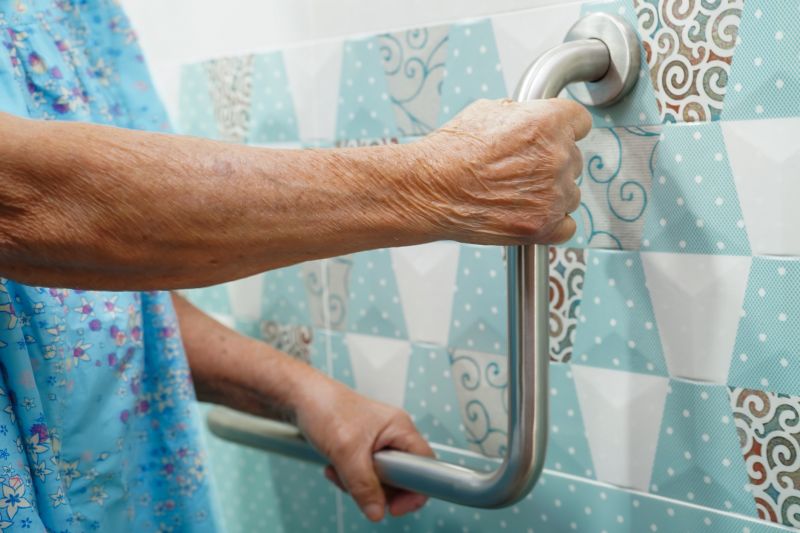
Small tweaks to make Concrete Repairs safer and easier to use.
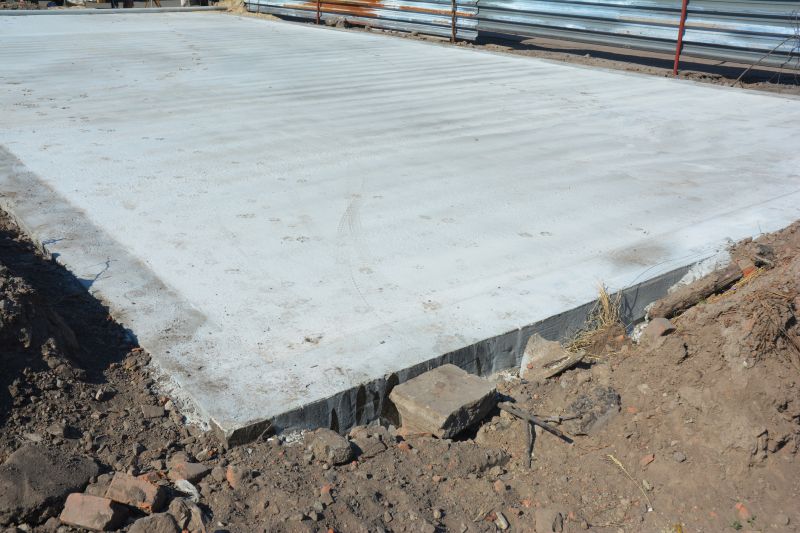
Lower-waste or water-saving choices for Concrete Repairs.
Choosing the right time for concrete repairs enhances longevity and reduces costs associated with premature deterioration. Proper planning around weather conditions ensures the best results and durability of the repair work.
Interested in concrete repairs for a property in Milford, CT? Filling out the contact form can provide more information and help schedule an assessment tailored to specific needs.
